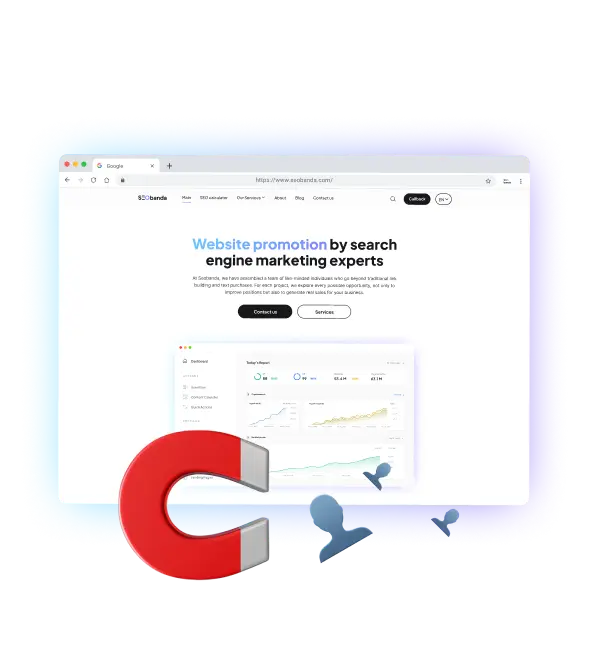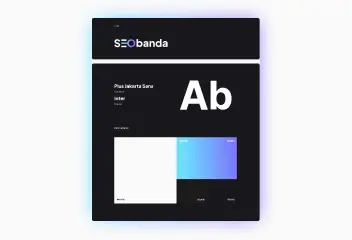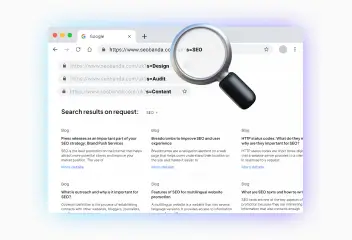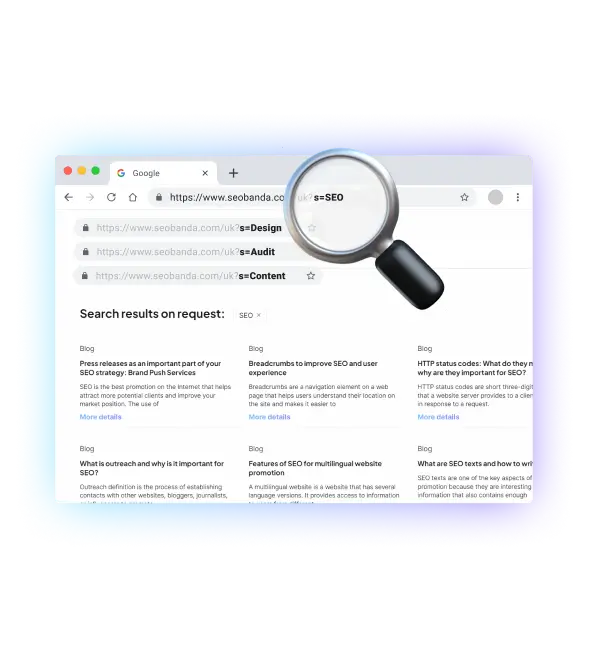Lead and lead generation: the basics of customer acquisition
A lead is a potential customer who has shown interest in your product or service. It can be a person who subscribed to your newsletter, filled out a form on your website, or interacted with your content. Leads are an important stage in the marketing process because they demonstrate the level of readiness to buy, help increase sales and profits.





What types of leads are there?
In the process of lead generation, several types of leads are distinguished depending on their level of interest:
- Cold leads: these are potential customers who do not yet know about your company or product. They can be obtained through general marketing or cold calling.
- Warm leads: These are people who have already shown some interest in your product or service. They may subscribe to your newsletter or interact with your content.
- Hot leads: These are potential customers who are actively considering a purchase. They may ask for product details or request a consultation.
- Qualified leads: These are leads that have gone through the assessment process and meet your target customer criteria. There are two types of qualified leads: MQL (Marketing Qualified Lead) is one that has shown interest in the product through marketing channels, but is not yet ready to buy. And the second SQL (Sales Qualified Lead) is a lead that is ready to talk to the sales team because it has shown a serious intention to buy.
- Re-engaged leads are potential customers who once showed interest but later stopped taking action. They can be reactivated through social media or marketing campaigns.
- Referral leads: these leads come through recommendations from existing customers or partners. They have a high potential for conversion because they already have trust in your brand.
- Social Media leads: These are users who have shown interest in your product or service through social media. They can be attracted through advertising or organic content.


What is lead generation?
We’ve already understood what a lead is, so let’s now look at what lead generation is. Lead generation is the process of attracting and converting potential customers (leads) into interested consumers of your services or products. In simple terms, lead generation is about attracting new customers to your business. The main goal of lead generation is to collect contact details of potential customers, which can then be used for further marketing or sales activities.

Increase visibility
for your business: SEO solution for growth!


Why is a lead important for business?

Leads are the foundation of any business because they are potential customers and can bring money to the company, and they are also an element of development. Let’s take a look at the main points why leads are important for business:
- A source of income: Leads are the basis for attracting new customers, which directly affects the increase in company revenue.
- Improvement of marketing: By collecting information about potential customers, you can create more targeted marketing campaigns that meet their needs and interests.
- Increase sales efficiency: Understanding the paths that leads take allows you to develop effective sales strategies and improve conversions.
- Long-term relationships: Leads who receive useful information and support become loyal customers, which ensures business stability.
- Reduced advertising costs: Correctly segmented and qualified leads can reduce advertising costs because you reach out to those who have already shown interest.


How to generate leads effectively?
In order for lead generation to bring in more potential customers and increase your company’s profits, you need to do in-depth work on your website and marketing strategies:
- Define your target audience: Research who your ideal customers are, their needs and interests. This will allow you to create relevant content and offers.
- Create high-quality content: Use blogs, articles, videos, and infographics to attract attention. The content should be useful and informative, so potential customers see that you are an authority in a specific niche and trust you more in this area.
- Optimize your website: Create a user-friendly structure, set up meta tags, optimize images, and make sure your site is fully search engine friendly.
- Utilize social media: With the help of SMM strategies, you can attract a large number of potential customers and reach different audiences.
- Offer free resources: Webinars, e-books, free trials, or consultations can be a great way to get users to leave their contact information. Such leads will already be considered warm and you can work with them to turn them into regular customers.
- Collaborate with partners: Joint advertising campaigns with other companies can help expand your audience and attract new leads. Also, collaborating with other companies can bring you customers through word of mouth and help you expand your business contacts.
- Use different types of marketing: To reach more people, you need to use not only SMM, but also SEO, PPC, email marketing, and more. This way, you can reach different groups of people and make them interested in your services.

Increase visibility
for your business: SEO solution for growth!


Benefits of leads that come through SEO
SEObanda specializes in SEO promotion, so we want to point out the benefits of leads that come to the site through this type of marketing.
- High quality leads: Leads that come through SEO are often more interested and motivated because they are looking for information about your products or services on their own and decide to visit your website.
- Higher conversion rates: Thanks to the right keywords and higher engagement, SEO leads are more likely to convert into customers. This is especially true for long-tail keywords, because when a person asks for such information, they know exactly what they want to buy.
- Free traffic: After the initial investment in content and optimization, organic traffic doesn’t require ongoing costs, as is the case with paid advertising.
- Long-term results: SEO delivers steady traffic over time. A properly optimized website can continue to generate leads for many months or even years.
- Improving brand reputation: A high position in search engines increases the credibility of your brand, which also affects the quality of leads.
Local coverage: Local SEO helps you attract customers who are looking for services or products in their region, which increases the chances of driving customers to physical stores, cafes, restaurants, etc.


Conclusion
A lead definition is a potential customer who has shown interest in your products or services. Lead generation, accordingly, is the process of attracting new leads. There are different types of leads: cold, warm, hot, qualified, referral systems, social media, and repeat interaction leads. To attract new customers and grow your business, you should use different marketing strategies and define your audience.
You may also like it

Brand identity: The key to brand recognition and SEO success
Every product has its own unique feature that sets it apart from other brands. It could be a special font, a unique mascot, or an interesting logo with the right...

What is a dynamic URL and its impact on SEO
A dynamic URL (Uniform Resource Locator) is a web address that changes depending on the user's request or specific parameters. It differs from a static













